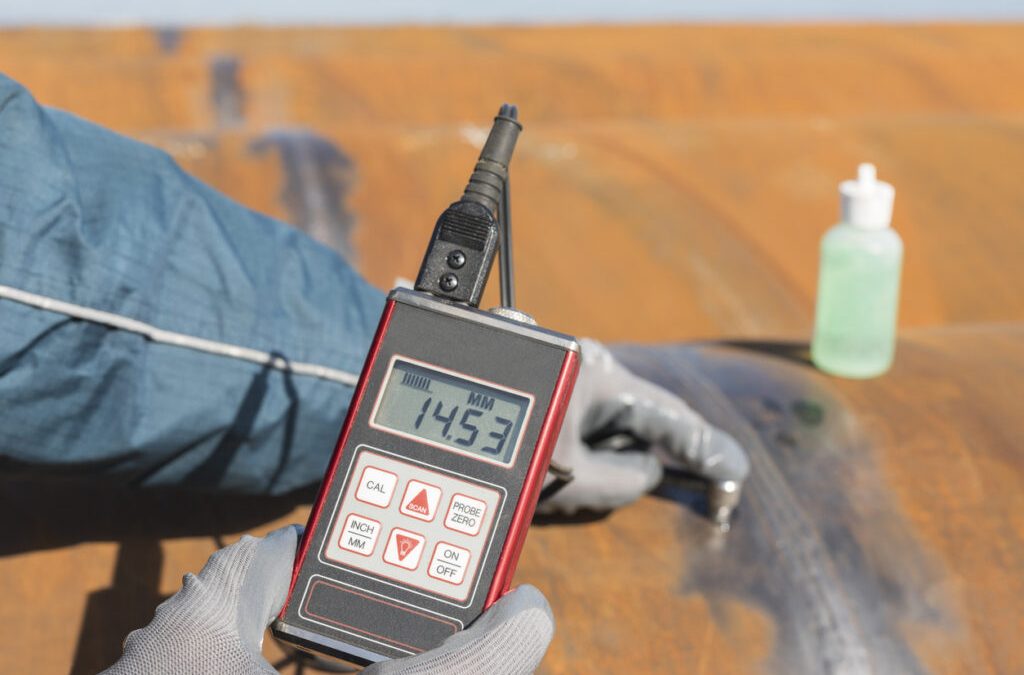The oil industry is a vast and complex sector that plays a critical role in powering the world’s economies. However, the extraction, processing, and transportation of oil involve numerous safety risks. One of the key concerns in the industry is the structural integrity of equipment and pipelines, particularly those made from iron and steel. To maintain safety and prevent catastrophic failures, nondestructive iron testing methods are essential. In this post, we will explore the importance of nondestructive iron testing in the oil industry.
Iron and steel are essential materials in the oil industry, used in various applications, including pipelines, drilling equipment, storage tanks, and refineries. The strength, durability, and corrosion resistance of iron and steel make them ideal choices for these purposes. However, over time, these materials can degrade due to factors like corrosion, erosion, and stress, which can compromise their structural integrity.
Safety in the oil industry is paramount. Accidents, leaks, or equipment failures can have devastating consequences, including environmental damage, loss of life, and significant financial repercussions. Therefore, it is crucial to ensure the safe and reliable operation of all equipment and infrastructure. Nondestructive iron testing serves as a vital component of safety protocols by allowing for the early detection of defects or damage without causing harm to the equipment or interrupting operations. Let’s go over some common testing methods:
Ultrasonic Testing (UT): Ultrasonic testing involves sending high-frequency sound waves through a material and analyzing the echoes to identify internal and surface defects. UT is especially effective for detecting cracks, corrosion, and erosion in iron and steel components.
Magnetic Particle Testing (MPT): MPT is used to detect surface and near-surface defects in ferromagnetic materials. This technique involves applying a magnetic field and iron particles to the material’s surface. Any defects disrupt the magnetic field and attract the iron particles, making them visible under proper lighting.
Radiographic Testing (RT): RT relies on X-rays or gamma rays to penetrate materials and create images of their internal structure. This technique is particularly useful for identifying voids, inclusions, and other internal defects.
Eddy Current Testing (ECT): ECT employs electromagnetic fields to detect surface and near-surface defects in conductive materials. It is useful for identifying cracks, corrosion, and material thickness variations.
The benefits of these testing methods can’t be overstated. Nondestructive testing methods can identify defects before they lead to catastrophic failures, allowing for timely repairs and maintenance. By identifying potential safety hazards, NDT contributes to the prevention of accidents and environmental incidents. Proactive maintenance and repairs based on these testing results can reduce downtime and the costs associated with major equipment failures.
Nondestructive iron testing is an indispensable practice in the oil industry for ensuring safety and preventing costly accidents. By employing various nondestructive testing techniques like ultrasonic, magnetic particle, radiographic, and eddy current testing, companies can maintain the structural integrity of iron and steel components, extending the lifespan of equipment and infrastructure while reducing the risk of accidents and environmental disasters. In an industry where safety is paramount, nondestructive iron testing is not just a best practice; it is a necessity.

